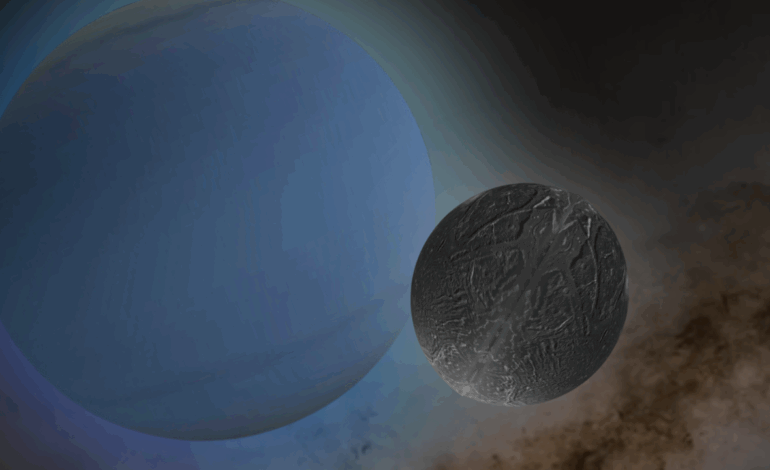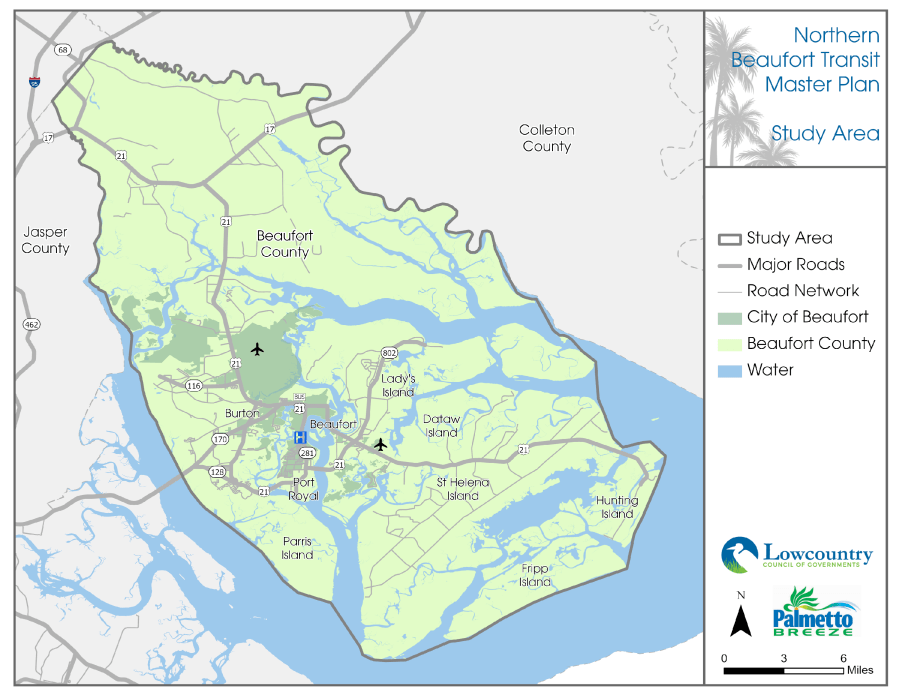Researchers Discover Evidence of Ancient Ocean on Uranus’ Moon

Ariel, one of the moons of Uranus, may have once hidden a vast ocean beneath its icy crust, according to new research led by Caleb Strom from the University of North Dakota. The study suggests that this ocean could have been over 100 miles (170 kilometers) deep, adding to the growing body of evidence that some of Uranus’ moons may have been ocean worlds in the past.
At 720 miles (1,159 kilometers) in diameter, Ariel is smaller than many of the moons orbiting Jupiter and Saturn. Nonetheless, its surface is remarkably bright and complex, featuring ancient cratered regions alongside younger, smoother plains likely formed by cryovolcanism—volcanic activity occurring on icy bodies.
Alex Patthoff, a senior scientist at the Planetary Science Institute in Arizona and a co-author of the study, described Ariel as “pretty unique in terms of icy moons.” The research team aimed to uncover details about Ariel’s past interior structure and its orbital eccentricity—the extent to which its orbit deviated from a perfect circle. This analysis helps explain the striking features visible on Ariel’s surface today.
The researchers employed models to simulate how the gravity of Uranus would have affected Ariel over time, causing stretching and squeezing that likely fractured and reshaped its icy crust. Their findings indicated that Ariel’s orbit once had an eccentricity of approximately 0.04, about 40 times greater than its current state. This eccentricity would have made Ariel’s orbit four times more eccentric than that of Europa, one of Jupiter’s moons known for its geologically active surface.
The researchers concluded that the extensive cracks and ridges on Ariel could only be formed if its crust flexed over a liquid layer. This suggests that either Ariel had a massive ocean beneath a relatively thin ice shell or a smaller ocean subjected to greater orbital stresses. “But either way, we need an ocean to be able to create the fractures that we are seeing on Ariel’s surface,” Patthoff stated.
This research builds upon a 2024 study by the same team, which found evidence of a subsurface ocean on Miranda, another moon of Uranus. Together, these findings imply that Uranus may have once hosted multiple ocean-bearing satellites. “We are finding evidence that the Uranus system may harbor twin ocean worlds,” said Tom Nordheim of the Johns Hopkins University Applied Physics Laboratory, who is also the principal investigator of the NASA grant supporting the research.
Subsurface oceans are of significant interest in planetary science as they represent potential habitats for life. Liquid water is essential for biological chemistry, and in hidden oceans beneath ice shells, sources such as tidal heating or radioactive decay could provide the necessary energy to sustain life, even in the absence of sunlight.
While the study does not clarify when Ariel’s ocean formed, how long it persisted, or whether it still exists, it contributes valuable insights into the evolution of such oceans in the outer solar system. Moreover, the findings enhance the case for a dedicated mission to Uranus. The Uranus Orbiter and Probe, recommended by the National Academies’ planetary science decadal survey as NASA’s top priority flagship mission for the 2023–2032 period, aims to orbit the planet for at least five years, deploying an atmospheric probe and exploring its rings and moons extensively.
Although funding has yet to be allocated by Congress, scientists argue that such a mission could answer critical questions about Uranus’ extreme axial tilt, its dense ring system, and its potentially ocean-bearing moons. Much remains unknown about Uranus, and a dedicated mission could provide transformative insights, akin to how NASA’s Cassini mission revolutionized our understanding of Saturn.
Currently, spacecraft have only captured images of the southern hemispheres of Ariel and Miranda. The researchers’ models may help predict what future missions could unveil in their unexplored northern regions, potentially revealing additional fractures, ridges, and resurfaced terrains. “Ultimately, we just need to go back to the Uranus system and see for ourselves,” Nordheim concluded.
The study is detailed in the January 2026 edition of the journal Icarus.






